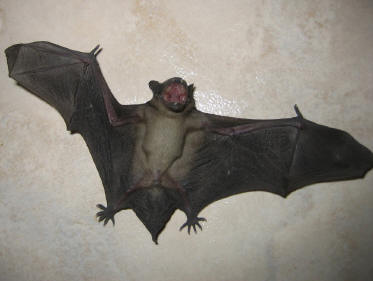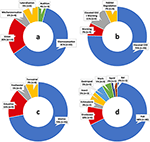

As a predator of insects, bulldog bats help to control insect populations and prevent outbreaks of pest species, thereby minimizing the risk of crop damage and the spread of insect-borne diseases.īulldog bats are highly specialized predators, with a unique hunting strategy that involves skimming the surface of water bodies with their sharp claws to catch aquatic insects such as mosquitoes. The Greater bulldog bat (Noctilio leporinus) is a keystone species that plays a crucial role in maintaining the health and balance of its ecosystem.

10 Modern genetic evidence now places bats in the superorder Laurasiatheria, with its sister taxon as Fereuungulata, which includes carnivorans, pangolins, odd-toed ungulates, even-toed ungulates, and cetaceans. This phrase refers to the fact that the wings of all bats are made up of a thin membrane stretched over elongated finger bones. Bats are grouped into the order Chiroptera, which means hand wing. Additionally, public education and outreach can help raise awareness about the importance of bats and their role in ecosystem health. Bats were formerly grouped in the superorder Archonta, along with the treeshrews (Scandentia), colugos (Dermoptera), and primates. The little brown bat varies in color from brown, reddish, to golden, although some albino specimens have been observed. The greatest incidence of rabies occurs in the large vampire bat populations found in South America. Mass eradication programs, habitat loss, deforestation, and pesticides are the main threats to these bats. 25 species in this family are listed as Vulnerable and four are listed Endangered.

But, bats can harbor the rabies virus and, therefore, should be handled with caution. The California leaf-nosed bat (Macrotus californicus) is listed as Least Concern by the IUCN Red List of Threatened Species.
Bat predators skin#
The large area of naked wing skin might mean that bats would absorb. In addition, nocturnal flight protects bats from visual predators, exposure to the sun, high ambient temperature, and low relative humidity. Bats also play an important role in reducing risks of insect-borne. Bat bites of humans are uncommon and rabies in humans resulting from such bites is extremely rare. Carnivorous bats, vampire bats, and perhaps fishing bats (see bulldog bat) may have an advantage at night over inactive or sleeping prey. These could include habitat restoration and protection, reducing disturbance in bat roosting areas, and reducing greenhouse gas emissions to mitigate the impacts of climate change. Bats are primary predators of night-flying insects, including many pest species. Bats are major consumers of agricultural and forest pests, and predators of biting insects.


 0 kommentar(er)
0 kommentar(er)
